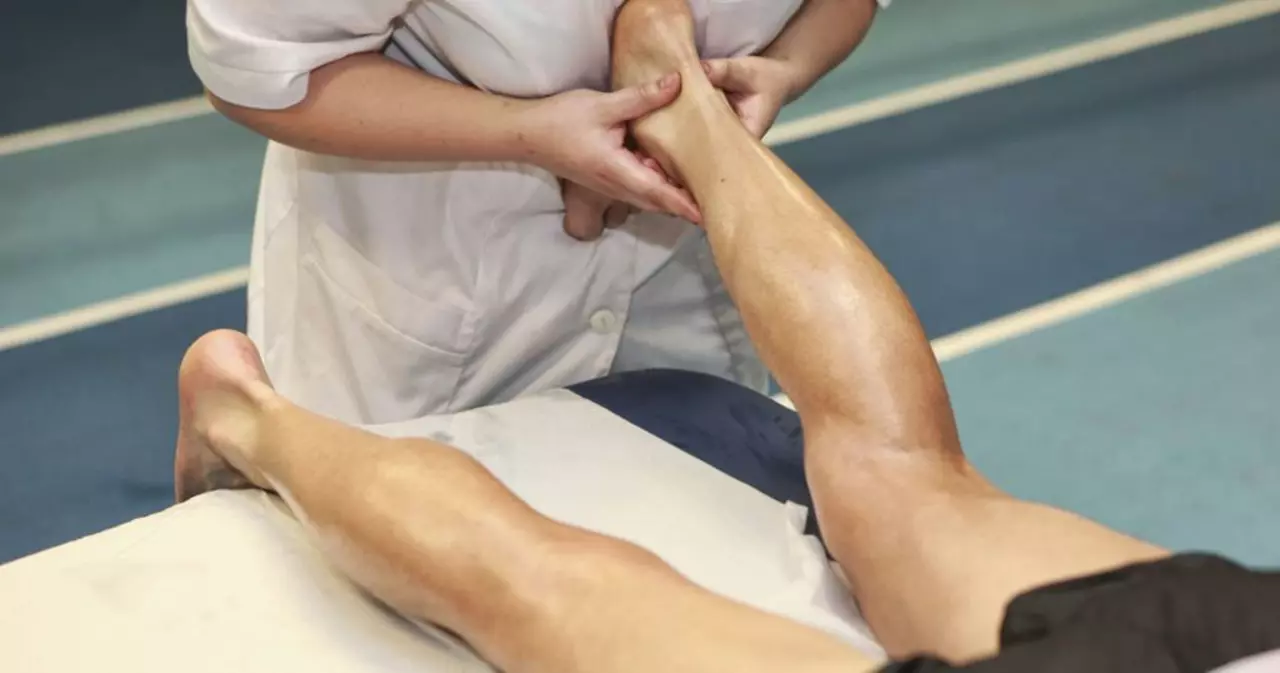Celecoxib: What It Does, How to Use It Safely
Celecoxib is a prescription nonsteroidal anti-inflammatory drug (NSAID) known as a COX-2 inhibitor. Doctors use it to treat pain, swelling, and stiffness from conditions like osteoarthritis, rheumatoid arthritis, and ankylosing spondylitis. It can also be prescribed for acute pain and menstrual cramps.
How it works
Celecoxib targets the COX-2 enzyme that helps make prostaglandins - molecules that cause inflammation and pain. By blocking COX-2, celecoxib reduces inflammation with less effect on COX-1, the enzyme that protects the stomach lining. That lowers some stomach side effects compared with older NSAIDs, but risks remain.
Typical doses and timing vary. For osteoarthritis, common doses are 100 mg once or twice daily. For rheumatoid arthritis, doctors often use 100-200 mg twice daily. For acute pain, a higher single dose may be given first, then lower maintenance doses. Always follow your prescription - don't increase dose or stretch out intervals without talking to your doctor.
Watch for side effects. The most common are stomach upset, indigestion, diarrhea, and headache. Less common but serious risks include heart attack, stroke, high blood pressure, kidney problems, and gastrointestinal bleeding. Risk increases with higher doses and longer use. If you have heart disease, high blood pressure, kidney disease, or a history of stomach ulcers, tell your doctor before starting celecoxib.
Drug interactions matter. Avoid taking celecoxib with other NSAIDs like ibuprofen or naproxen - combining them raises bleeding risk without extra pain relief. Mixing celecoxib with blood thinners such as warfarin increases bleeding risk and needs close monitoring. Some blood pressure medicines, like ACE inhibitors and diuretics, may be less effective when taken with celecoxib. Always list all medicines and supplements to your prescriber.
Practical tips to use celecoxib safely: take it with food to reduce stomach upset; stick to the lowest effective dose for the shortest time that controls symptoms; avoid alcohol while using it if you have stomach problems or take other meds that increase bleeding; check blood pressure regularly during long-term use.
Alternatives and when to consider them: If celecoxib isn't suitable, options include acetaminophen for mild pain, other NSAIDs if no cardiovascular risk, topical NSAIDs for localized pain, or non-drug approaches like exercise, weight loss, and physical therapy for arthritis. For chronic inflammatory disease, disease-modifying drugs or biologics may be needed.
When to call your doctor
Seek immediate care for chest pain, sudden weakness, slurred speech, black stools, vomiting blood, severe abdominal pain, or signs of an allergic reaction like rash or swelling. For ongoing concerns about pain control or side effects, schedule a follow-up to reassess treatment.
If you want specific dosing or have complex health issues, ask your healthcare provider. Personal medical history changes what's safe and effective.
Pregnancy and breastfeeding: celecoxib is usually avoided in pregnancy, especially late pregnancy, because it can affect the fetal heart and labor. If pregnant or planning pregnancy, talk to your doctor. Older adults may need lower doses due to kidney or heart risk. Regular blood tests may be advised during long-term treatment to check kidney and liver function. Always.

Celecoxib for tendonitis: Is it effective?
As someone who has been researching tendonitis treatments, I recently came across Celecoxib as a potential option. Celecoxib is a nonsteroidal anti-inflammatory drug (NSAID) that has been used to relieve pain and inflammation in various conditions, including tendonitis. From what I've gathered, it appears to be effective in reducing pain and inflammation associated with tendonitis, which can help improve overall function in affected individuals. However, it's important to note that Celecoxib may not be suitable for everyone, particularly those with certain health conditions or taking other medications. In conclusion, it seems that Celecoxib could be a helpful treatment for tendonitis, but it's essential to consult with a healthcare professional before starting any new medication.
- Health and Wellness (58)
- Drug Information (46)
- Pharmacy Information (19)
- Medical Conditions (17)
- Supplements (4)
- Diabetes (3)
- Travel Health (2)
- Parenting (2)
- Mental Health (2)
- Heart Health (1)
-
Cephalexin vs Other Antibiotics: Complete Comparison of Cephadex and Alternatives
26 Oct 2025 -
Mycosis Fungoides FAQs: Causes, Symptoms, Staging & Treatment Guide
22 Sep 2025 -
Celecoxib for tendonitis: Is it effective?
27 Apr 2023 -
Hepatitis B: Understanding Chronic Infection, Antiviral Treatment, and Vaccination
20 Nov 2025 -
Inactive Ingredient Interactions in Generic Medications: What You Need to Know
25 Dec 2025

27.04.23
Alistair Mukondiwa
13